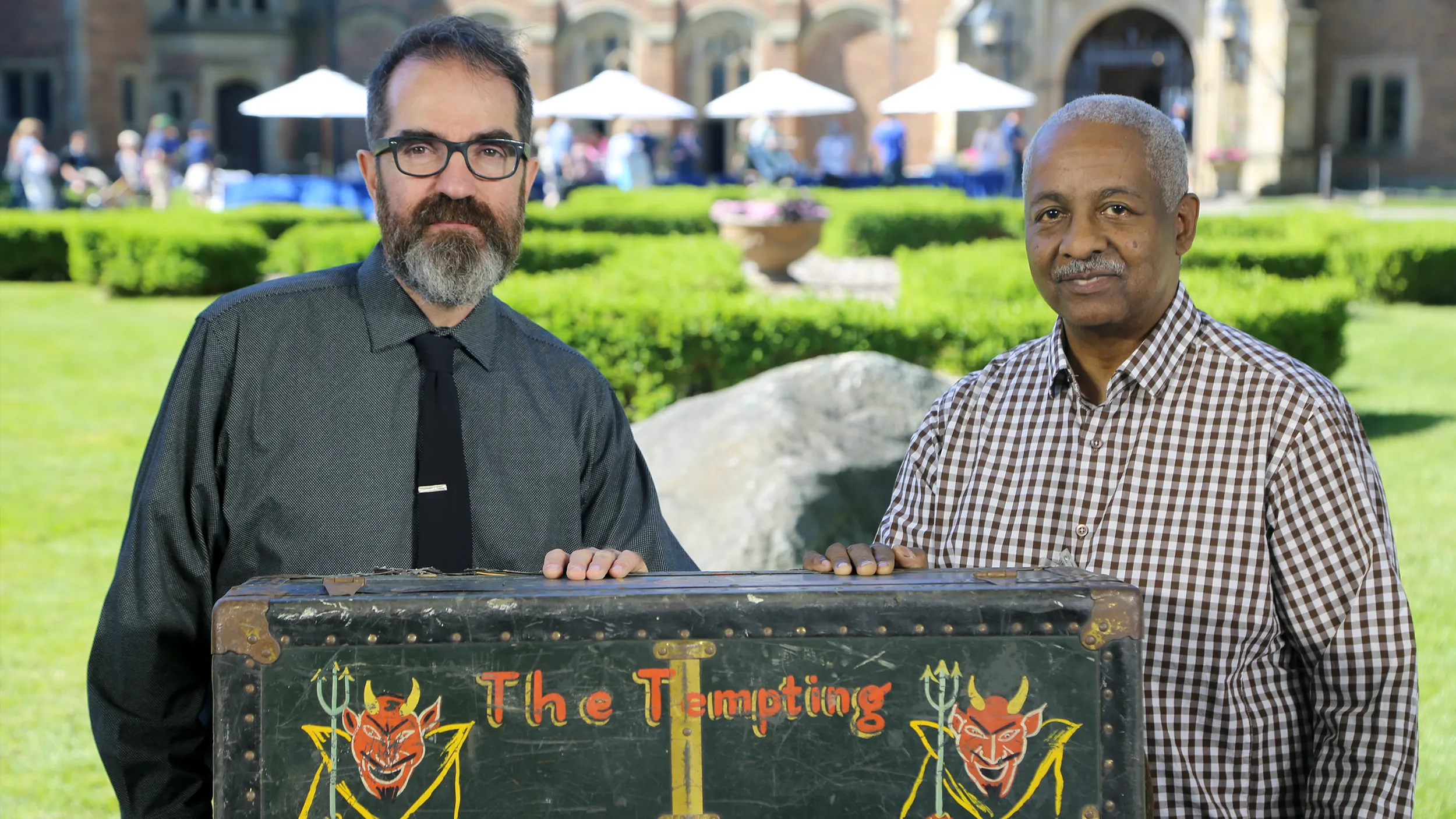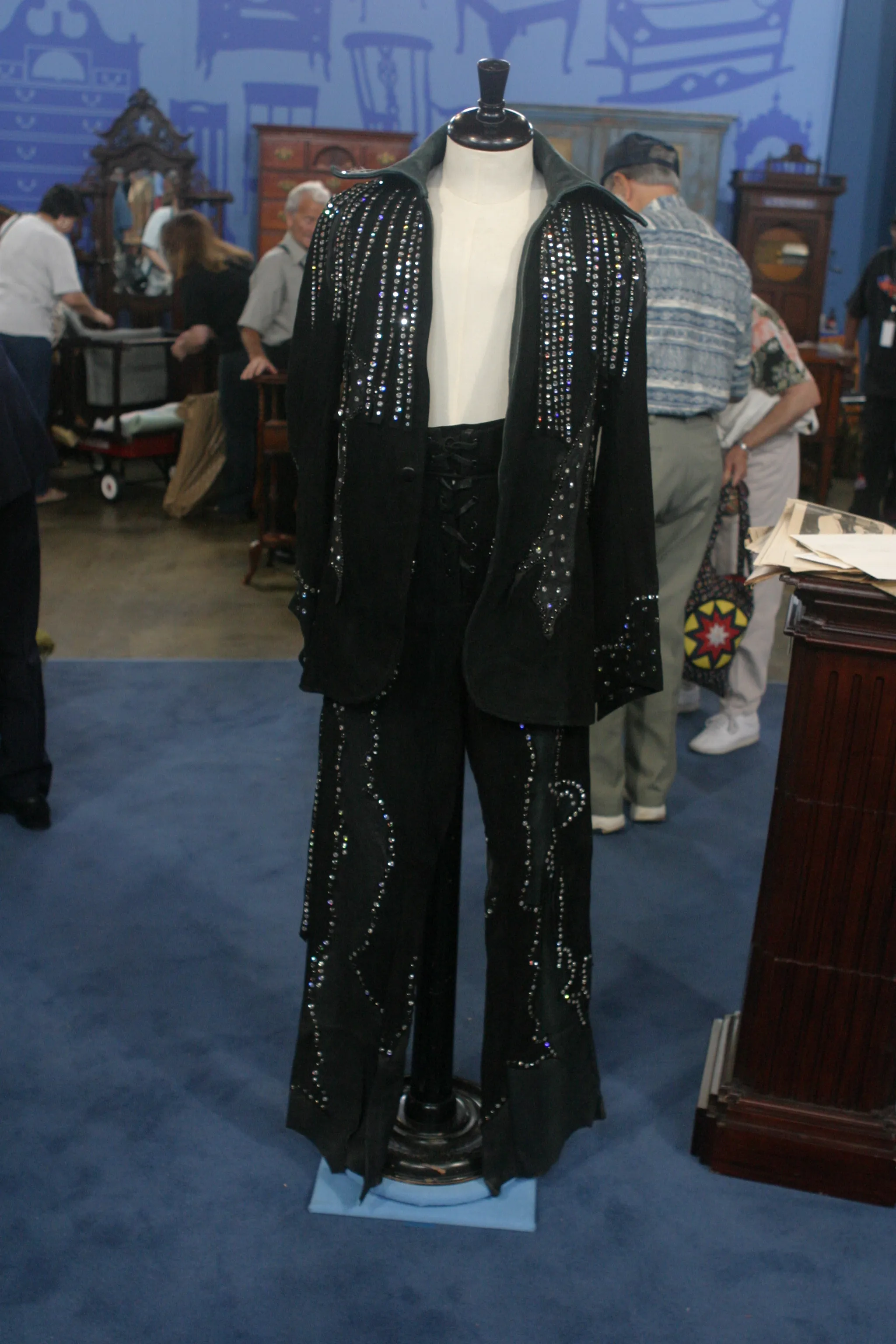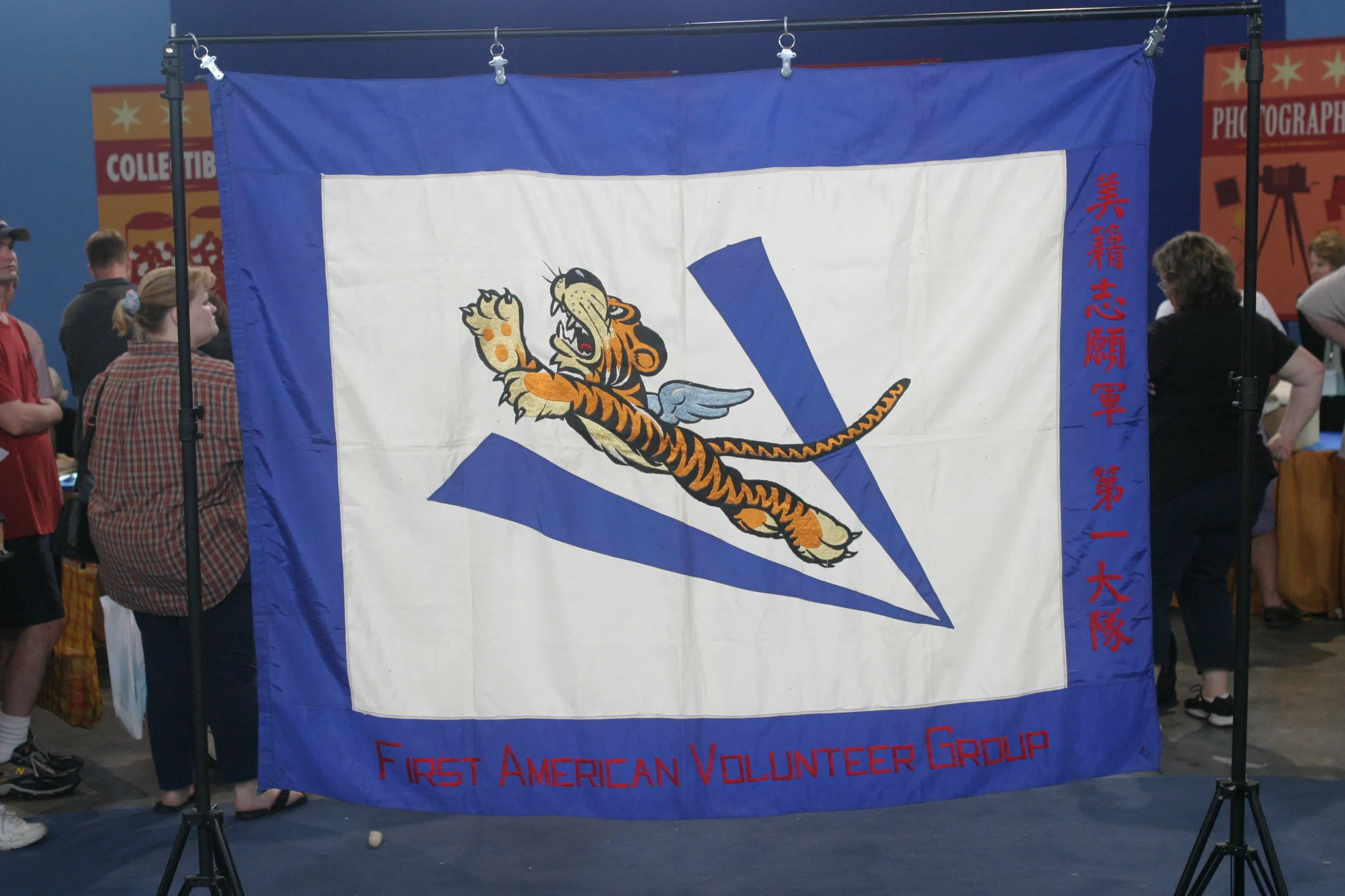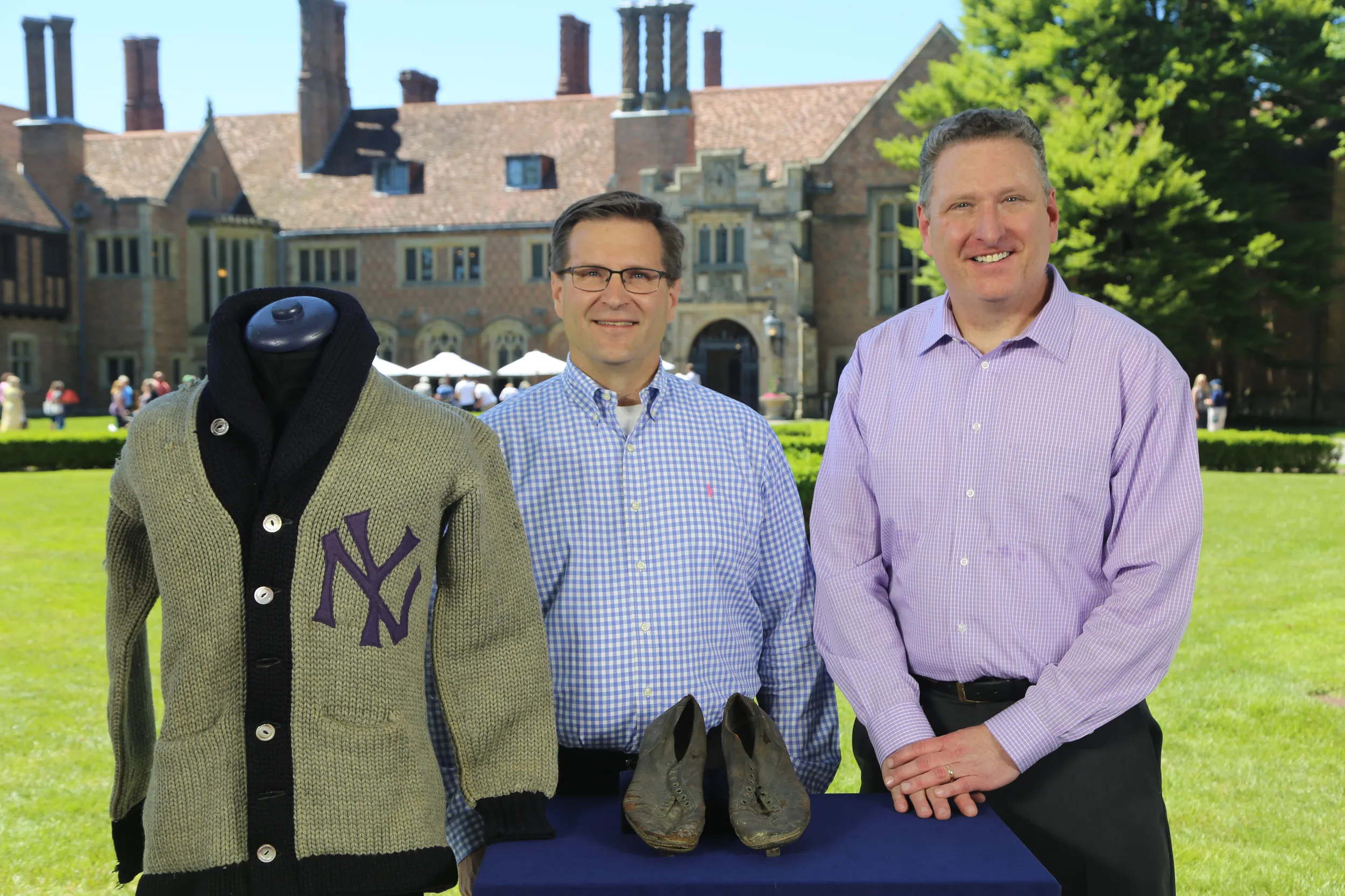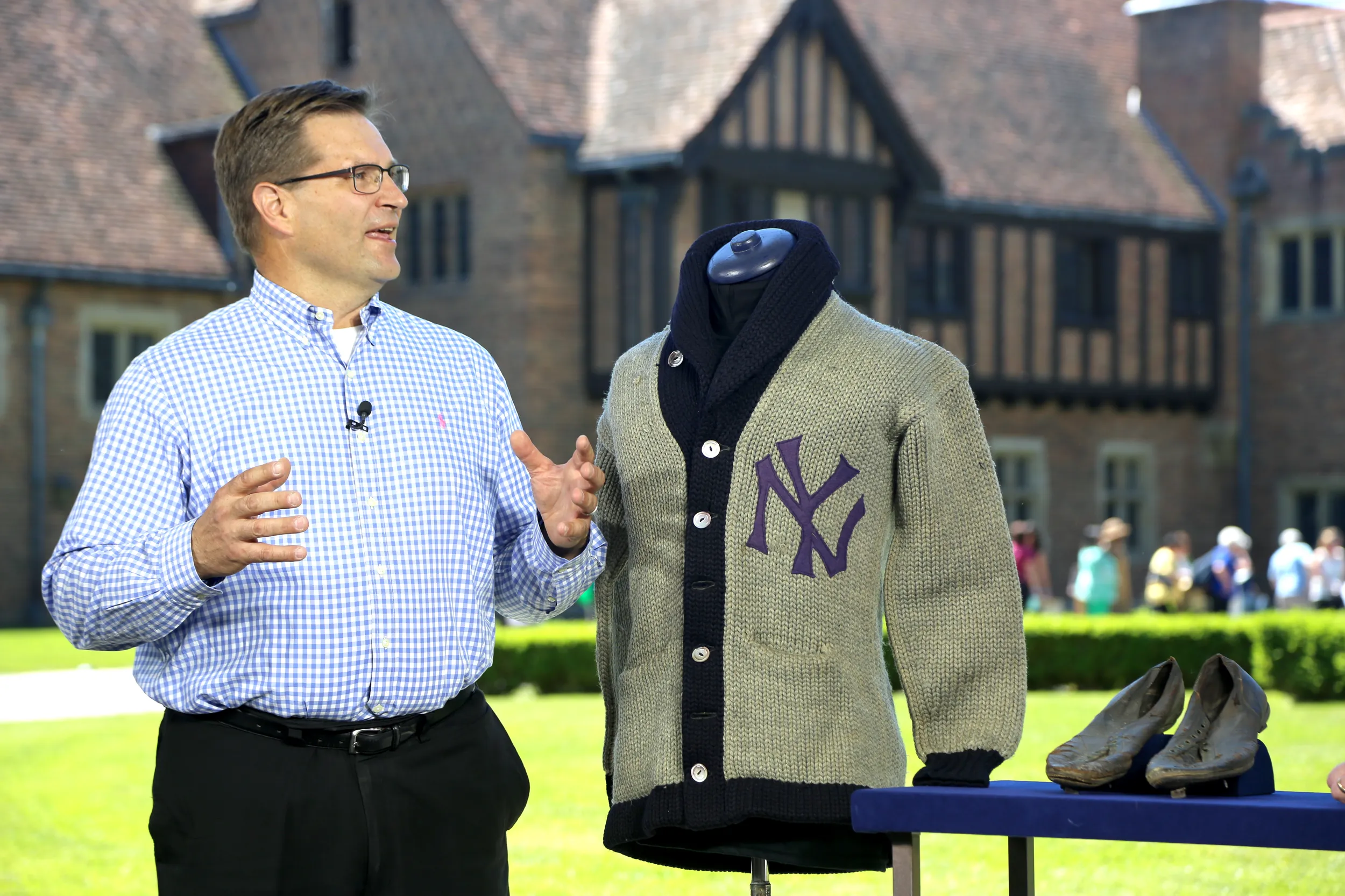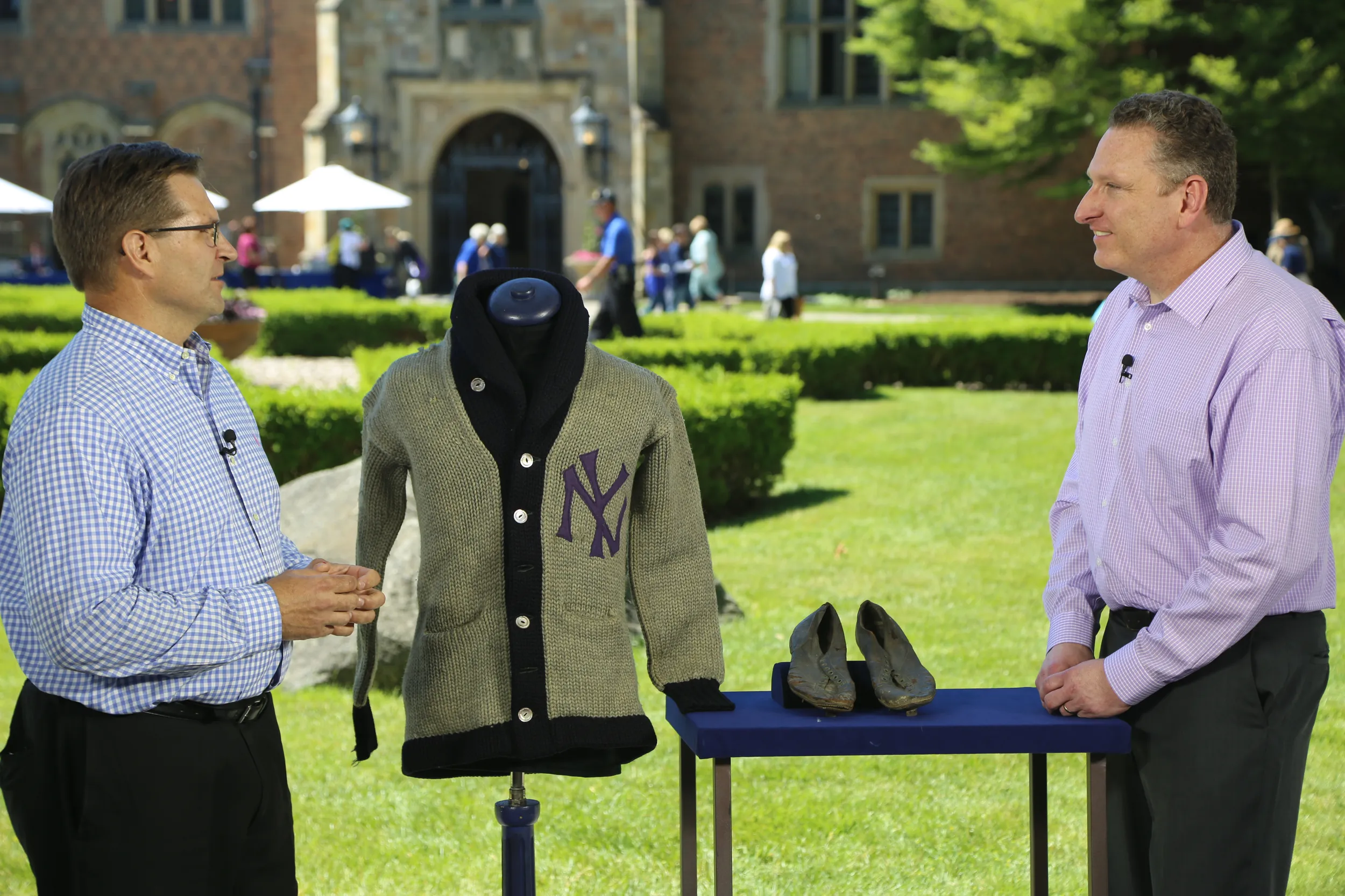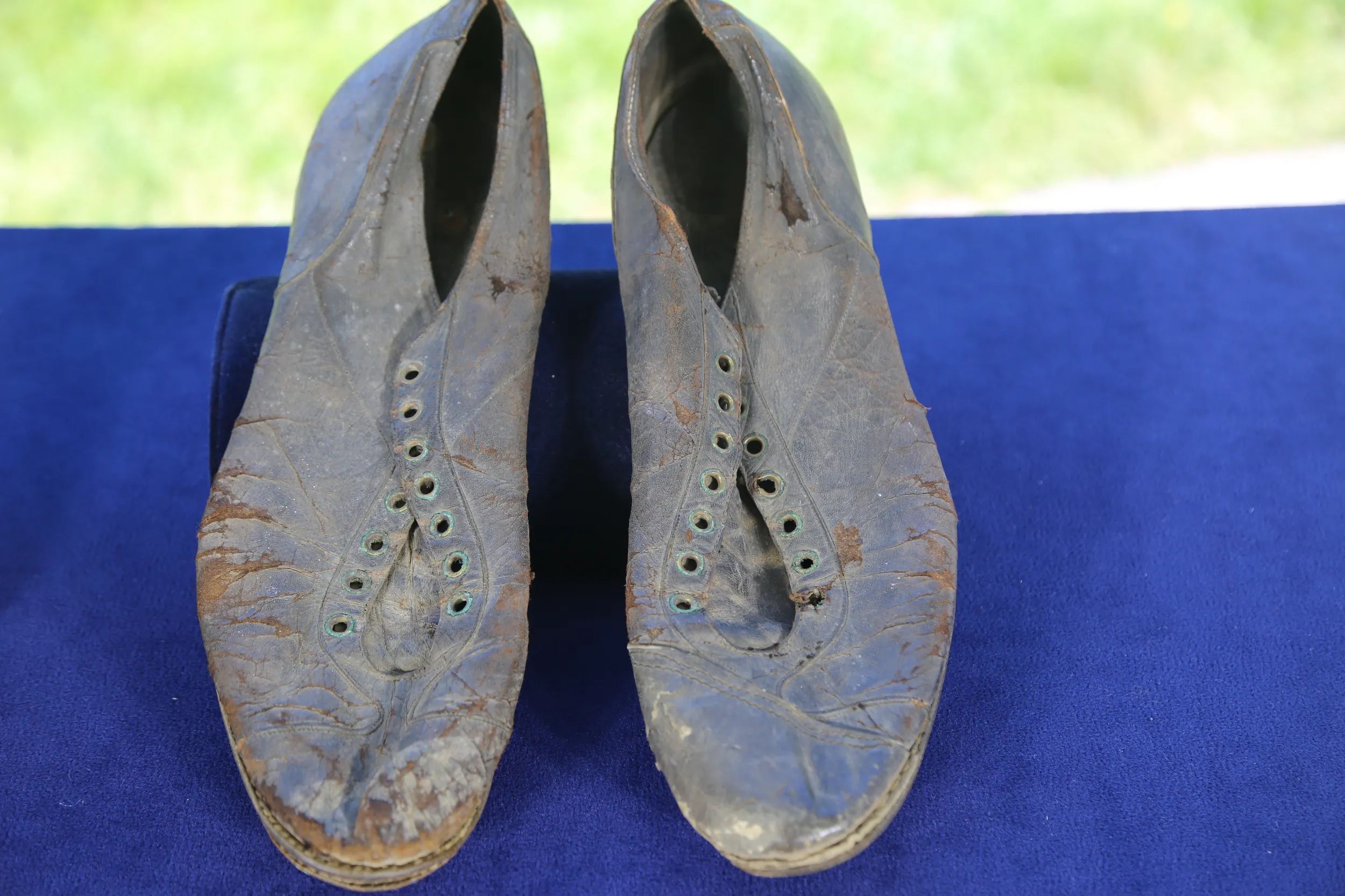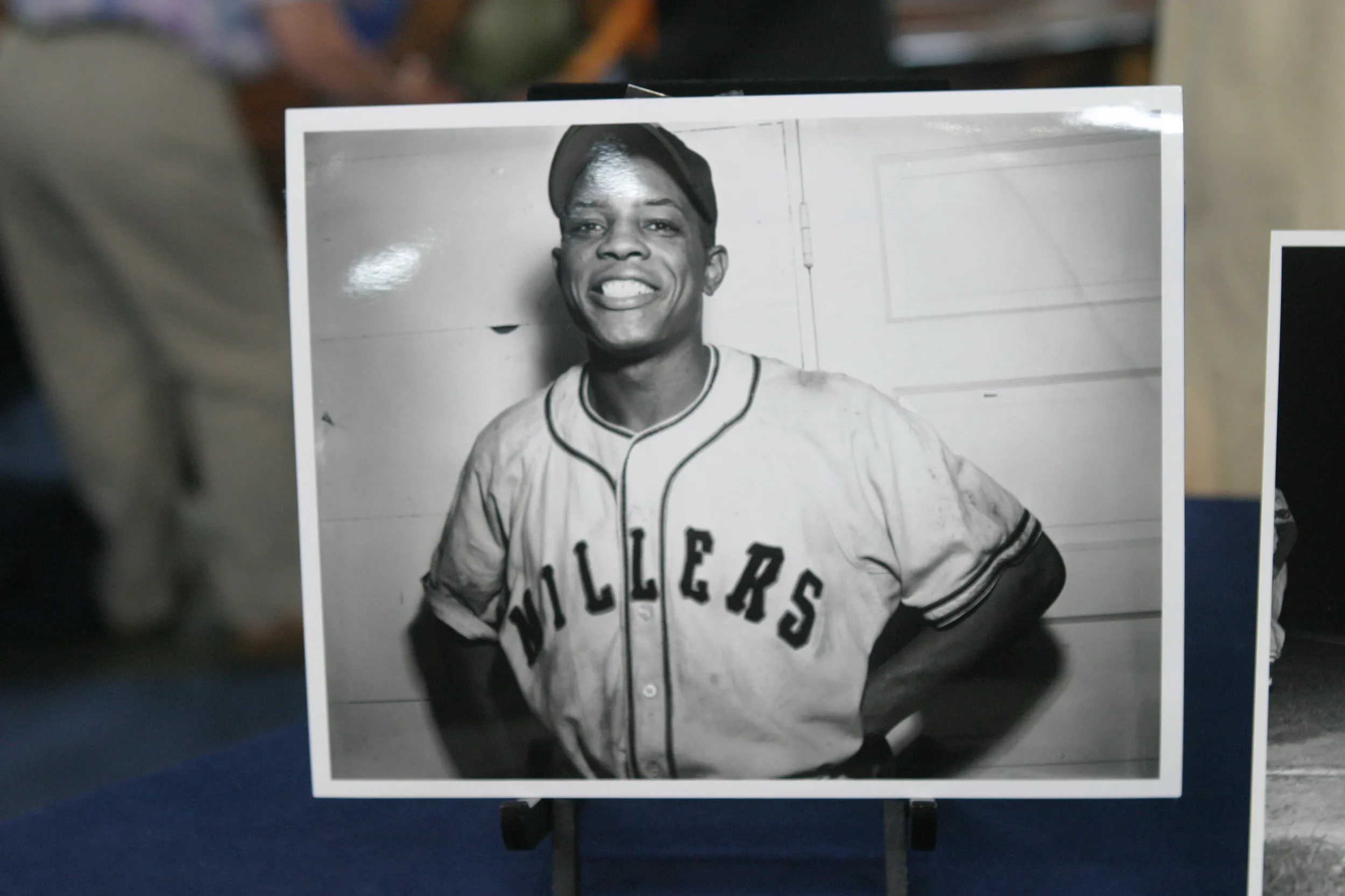GUEST: This is a sweater that was handed down through my family. My grandfather, Wally Pipp, played for the New York Yankees, and this was a team sweater that they gave to the team members back in the 1921-1922 era. My grandfather played first base for the Yankees for 11 years. He's actually more famous for leaving the game. He got hurt one day. He said, "Coach, let the rookie play." Well, the rookie was Lou Gehrig.
APPRAISER: Yeah, that's what we couldn't believe. This is Wally Pipp, one of the best stories in baseball. And there's so much more to Wally's career, though, and that's what I want to talk about first.
GUEST: He played for the Yankees for 11 years. In batting, he was in the top 20 of all--almost all categories. He played in the dead ball era, and he was home run king two years.
APPRAISER: Yep, 1916 to 1917. And, yet, everybody knows Wally Pipp because of the rest of the story, as we say, right?
GUEST: Yes, exactly. There's a lot of rumors around that day. My grandfather, he was a sports writer, and so he had told the story many times. He used to joke, "It was the two most expensive aspirin I ever took." But that day, he said, "Coach, I have a headache-- let the rookie play." Well, the rookie, that was Lou Gehrig. My grandfather, he never got back in the lineup at New York.
APPRAISER: So then on June 2, 1925, he takes the day off.
GUEST: Yeah.
APPRAISER: Lou Gehrig comes in and plays 2,130 consecutive games at first base for the Yankees.
GUEST: I have to correct you.
APPRAISER: Okay.
GUEST: Because Lou Gehrig didn't actually play his first game at first base. He had pinch-hit for Pee-Wee Wanninger the day before.
APPRAISER: Okay.
GUEST: That's why I said 2,129 games at first base.
APPRAISER: Interesting-- that's an interesting fact. So it's 2,130 consecutive games, but 2,129 consecutive starts.
GUEST: At first base, yes.
APPRAISER: At first base-- okay, interesting. Well, that's great. And you brought a couple of his items today to share with us.
GUEST: The team handed out team sweaters. Apparently, during the day, it was very common for clubs to have these. They did a lot of traveling. I think they were traveling by train. There's pictures online of Babe Ruth wearing the same sweater. There are only two known to exist. The other one was one of the managers' sweaters. My grandfather kept the sweater and handed it down through the family. And here it is today.
APPRAISER: And were these his game-worn spikes?
GUEST: Yes, yes.
APPRAISER: Excellent.
GUEST: My grandfather died in '65. I was three years old, and I just have a shadowy figure of the gray-haired guy standing in the doorway when he had passed away.
APPRAISER: Sure.
GUEST: But I guess he was Babe Ruth's roommate. And he said that often, there would be fan mail sent in, and that sometimes he would respond to the fan mail for Babe Ruth.
APPRAISER: That's great. Great pieces-- it's always fun to see such early players' personal gear like this. On the baseball spikes, even the condition they're in, I'd put a value on those for insurance purposes at $2,500. And then the sweater, is--again, like you said, the third in existence, from what we've seen, to come out to be shown to the public. And that one, after we did some... quite a bit of research and deliberation, I'd put an insurance value on that of $75,000.
GUEST: Wow! Wow! I never would have guessed.
APPRAISER: It's a great piece, and the family provenance is exceptional.

